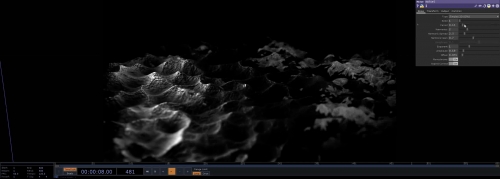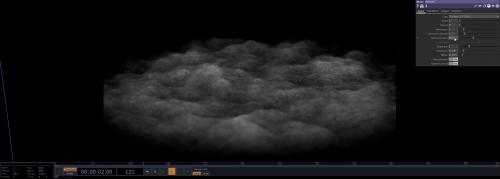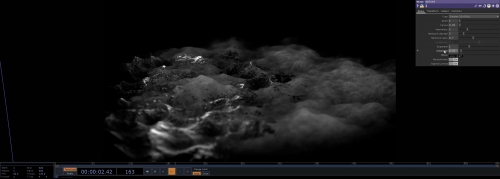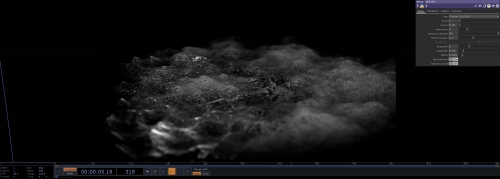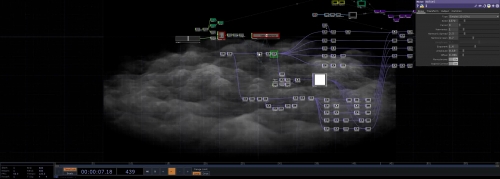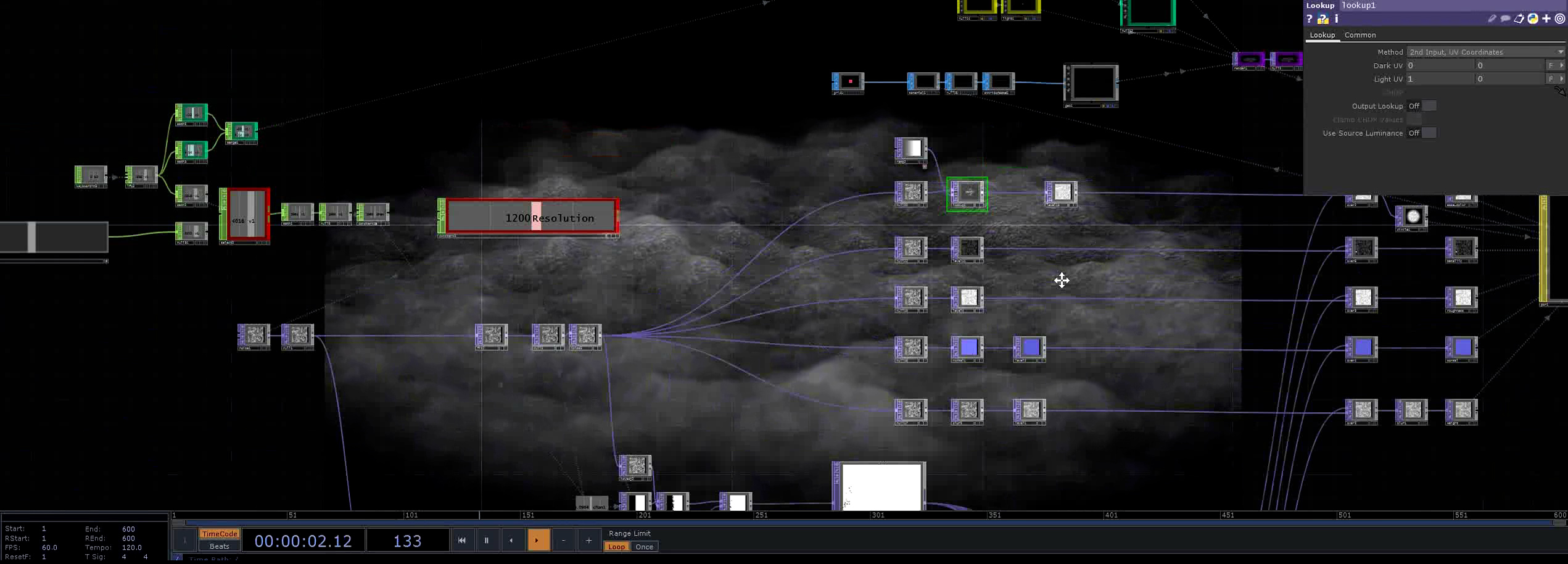
Context
For this week’s project I had a look at Paul Fletcher’s paper in Render Journal called, An Artist’s Appreciation of the potential of animation and abstraction. In this paper Fletcher defines abstraction with an example from his own work and later explains “In this schema of film there may be no single storyline, or any easily identifiable progression of narrative logic but there is a tightly woven pattern or musical structure. This construction attempts to purposefully combine simultaneous pure abstraction based on colour fields and geometric shapes with rich associations of organic looking forms and recognisable movements, the anima or life force of animation.” He also explains Abstraction is too often simplistically referred to as visual abstraction or distortion of actually clearly referent or recognisable images. Just as interesting and important is the idea of abstract connections, the mad morphing associative and lateral jumps possible with all forms of animation or the dream logic of surrealism, dada, David Lynch, Michel Gondry et al. Sudden jumps, shifts in tone or distortions, morphing of styles, time and space are all easily accommodated in animation form.
Method
Making an abstract project in Touch Designer that focuses on movements and connections.
Response
As I am getting familiar with Touch Designer recently, I thought to explore the abilities of the software for the project that I had in mind for APD. Touch Designer has a very unusual way of distorting and changing the image and that might be due to my lack of knowledge of every operator… my experience has been to some degree the results can be unpredictable with touch designer. Hence, I decided to use this software solely and started following step by step tutorials on YouTube. I ended up making something that somewhat looked like an abstract landscape.
To be a bit more technical and get into more detail in the node-based system, I will give a small overview of the scene. For this scene I used many texturing operators that send information to pbr which is hooked to the 3D geometric parts. Like the majority of the projects that are made in Touch Designer I also added, lights and camera as well as render parts. The top operators that can be seen above are for controlling the scene mainly. For the effects that can be seen in the video (as I gathered from tutorials on Youtube) I started with the basic noise, and used some slope, displace and level as well as feedback to get the basic textures.
Reflection
Abstraction is sometimes considered as “mental leap” and is important because of the limited cognitive capacity that we have. For example, it is not always feasible to say that what is happening in the mind is often play and what is happening at the work desk is work (Sutton-Smith, 1997 p.189). The realities of play involve a more complex mixture of organismic and contextual behaviour. We need to diminish the complexities. We need to emphasize the moments where players can make meaningful and creative decisions. Then remove the framework around the more complex decisions where we don’t want to spend excess time and energy. By doing so, we ensure that we focus on the core and fundamental elements/aspects.
Upon further reflection, I am quite happy with the end result, I understood that there is a lot to learn about this software and I hope I would become quite comfortable using it one day. Conceptually speaking I based my work on the idea that the experience of abstract work is potentially a dynamic way of considering the unknown, the infinite, the inexpressible the inarticulate…
About This Work
By Bycharlotte
Email Bycharlotte
Published On: 05/05/2021

